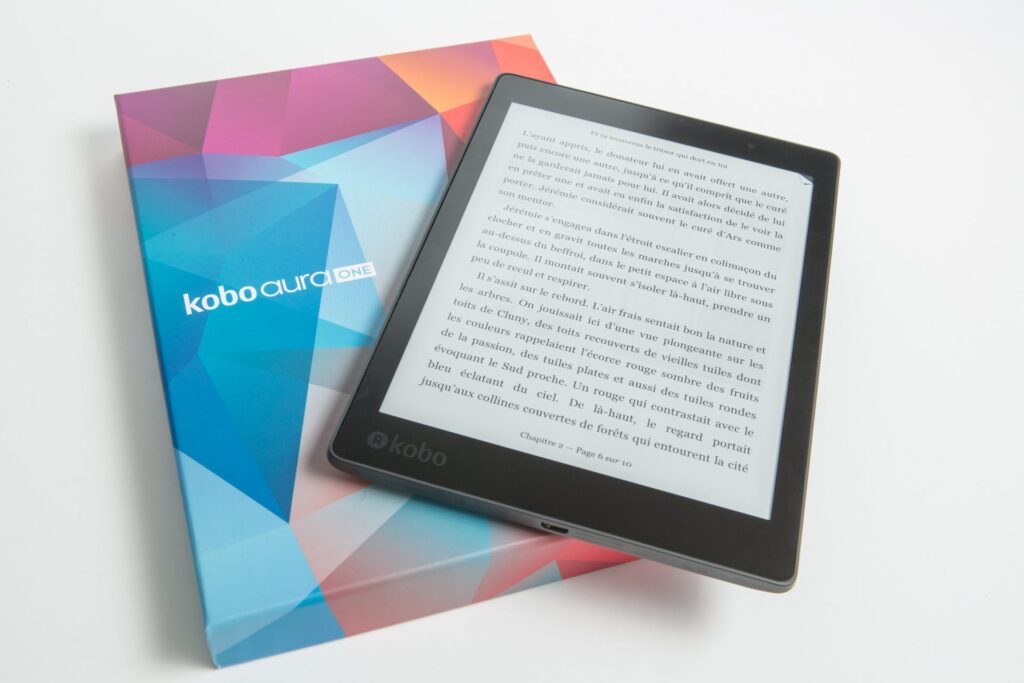If you’re an aspiring author or someone who wants to share their knowledge through an e-book, then this comprehensive guide is perfect for you. Creating an ebook can be a challenging task, but with the right writing and editing strategies, you can publish your work with confidence and success.
In this guide, we will cover essential ebook writing and editing techniques, self-publishing tips, and marketing and promotion strategies to ensure your e-book stands out in a competitive market.
Key Takeaways
- Writing and editing are crucial for creating a successful e-book
- Use beta readers and proofreading techniques to ensure the quality of your work
- Self-publishing allows for greater control and flexibility in the publication process
- Marketing and promotion are essential to reach a wider audience and boost sales
- Following these strategies and techniques will result in a polished and impactful e-book

Crafting Compelling E-book Content: Writing Best Practices
Are you struggling to craft compelling e-book content that keeps your readers hooked? Don’t worry, with the right writing and editing best practices, you can create an engaging and informative e-book that captivates your audience.
Structure Your E-book for Optimal Readability
The structure of your e-book is just as important as the content itself. Use short paragraphs, bullet points, and subheadings to break up large blocks of text, making your e-book easier to read. Additionally, include a table of contents and page numbers to help readers navigate your work.
Develop Engaging Characters
Whether you’re writing fiction or non-fiction, compelling characters are essential to keeping your readers engaged. Develop characters that your readers can relate to, and give them a backstory that adds depth and complexity to your work.
Convey Your Message Effectively
When writing an e-book, it’s essential to convey your message effectively. Avoid vague or confusing language, and make sure your message is clear and concise. Additionally, use examples and anecdotes to help illustrate your points and add interest to your writing.
Proofread and Edit Your Work
No matter how skilled a writer you are, mistakes can slip through the cracks. Always proofread and edit your work to avoid grammatical errors and other mistakes that can detract from your message.
By following these essential e-book writing and editing best practices, you can create compelling content that engages your readers and keeps them coming back for more.

Editing Techniques for E-books: Perfecting Your Manuscript
Now that you have written your e-book, it’s time to refine and polish your manuscript. Editing is a crucial step in the publication process that can enhance the quality and readability of your work. Here are some editing techniques and best practices to help you perfect your e-book:
Proofread for Grammar and Spelling Errors
Nothing detracts from the quality of your e-book like grammatical and spelling mistakes. After writing your manuscript, proofread it multiple times to ensure that it is free of errors. Check for subject-verb agreement, punctuation, and other common grammatical errors. You can also use online grammar and spelling tools like Grammarly to check for mistakes.
Improve Flow and Coherence
Your e-book should be easy to follow and have a logical structure. To improve the flow of your writing, read your manuscript aloud to hear how it sounds. Make adjustments to sentences or paragraphs that sound awkward or unclear. Use transition words to connect ideas, and make sure that each chapter or section flows smoothly into the next.
Get Feedback from Beta Readers
Before publishing your e-book, it’s always a good idea to get feedback from beta readers. Beta readers can provide valuable insights into areas of your e-book that may need improvement. Use their feedback to make any necessary changes to your manuscript and ensure that your e-book is the best that it can be.
By utilizing these editing techniques and best practices, you can perfect your e-book manuscript and create a polished final product that engages and delights your readers.

Self-Publishing Tips: From Formatting to Publication
If you want to self-publish your e-book successfully, you need to know about formatting, cover design, metadata optimization, and the steps involved in publishing it across popular distribution channels.
Formatting Your E-Book
The first step in self-publishing is formatting your e-book. You need to ensure that it’s properly formatted for different platforms, such as Kindle, Nook, or Apple iBooks. Here are some essential tips:
- Use a consistent font and size for all text.
- Avoid using headers or footers.
- Add hyperlinks for easy navigation.
- Include images only if necessary, and ensure they load quickly.
Cover Design
Your e-book cover is the first thing readers see before they decide to read your book. It’s essential to make a great first impression with your cover design. Here are a few tips:
- Choose a visually appealing cover design with high-quality images.
- Ensure the title and author name are easy to read and visible.
- Make sure your cover stands out from the competition.
Metadata Optimization
Metadata is data that provides information about your e-book, such as the author name, book description, and keywords. It plays a vital role in helping readers find your book online. Here are some tips:
- Write an attention-grabbing book description with relevant keywords.
- Use relevant keywords in your book metadata.
- Include your author bio and a high-quality author photo.
Publishing Across Distribution Channels
Finally, to reach a broad audience, you need to publish your e-book across popular distribution channels, such as Amazon, Apple iBooks, and Barnes & Noble. Here are some tips:
- Choose the right distribution channels based on your target audience.
- Follow the required formatting guidelines for each platform.
- Set your price carefully and take advantage of promotional tools, such as free giveaways or paid advertising.
Following these self-publishing tips will help ensure that your e-book looks professional and reaches a wide audience.

Authoring Successful E-books: Marketing and Promotion Strategies
Now that you’ve written and edited your e-book, it’s time to make sure it reaches your target audience. Marketing and promotion are essential to the success of your book, and in this section, you’ll learn effective strategies to build your author brand, write compelling book descriptions, and promote your e-book.
Building Your Author Brand
Creating a strong author brand is key to establishing yourself as a credible writer and increasing your e-book’s visibility. Here are some tips to get started:
- Develop a consistent author persona across all your online and offline platforms
- Use social media to engage with your readers and promote your e-book
- Guest blog on similar websites to expand your reach and build your audience
Writing a Compelling Book Description
Your book description is a crucial part of selling your e-book, so it’s important to get it right. Here are some tips to craft a compelling book description:
- Keep it short and to the point
- Highlight the key themes of your book without giving away too much
- Use attention-grabbing language to intrigue readers
Promoting Your E-book
Effective promotion can make or break the success of your e-book. Here are some ways to get your e-book noticed:
- Offer a free sample or chapter to entice readers to purchase the full book
- Create paid advertising campaigns on social media and other online platforms
- Get book reviews from reputable sources to increase your book’s credibility
By following these marketing and promotion strategies, you’ll be on your way to authoring successful e-books that are widely read and appreciated.

Ensuring Quality: Beta Readers and Proofreading
After writing your e-book, it’s time to take the necessary steps to ensure its quality. Two of the most crucial steps to take are utilizing beta readers and completing a thorough proofreading.
The Role of Beta Readers
Beta readers are individuals who read your e-book before it’s published and provide feedback on various aspects such as the plot, pacing, and character development. Feedback from beta readers can be invaluable in improving the overall quality of your e-book and addressing any potential issues before publication.
When selecting beta readers, consider individuals within your target audience, as they can provide you with the most relevant feedback. Be clear with your beta readers on what kind of feedback you’re looking for, and treat their feedback with respect and an open mind.
Proofreading Your E-book
Proofreading involves checking your e-book for any grammatical or spelling errors, as well as improving the flow and coherence of your writing. It’s crucial to take the time to proofread your e-book thoroughly before publishing, as errors can detract from the overall quality of your work.
Consider using proofreading tools and techniques such as reading your e-book aloud or taking a break before proofreading to approach your work with fresh eyes. Additionally, consider hiring a professional proofreader for an extra level of assurance.
By utilizing beta readers and completing a thorough proofreading, you can ensure that your e-book is of the highest quality before publishing.
Conclusion
Congratulations on completing this comprehensive guide on writing and editing tips for e-books! By following these strategies and techniques, you can confidently craft compelling content, polish your manuscript, and successfully publish your e-book. Remember to consider the importance of beta readers and proofreading to ensure a quality final product, and don’t forget to implement effective marketing and promotional strategies to boost your e-book’s visibility and sales.
With these tips and techniques in mind, you can elevate your e-book and share your story with readers around the world. Good luck on your e-book writing and publishing journey!



